Welcome, architecture aficionados and history buffs! Today, we’re taking a trip to Parvati Hill in Pune, a place so majestic that even the clouds bow down in admiration. This hill is not just any old hill – it’s a treasure trove of ancient wonders that will leave you gasping for air. And if you do run out of breath, don’t worry, because the panoramic views from the top will take your breath away anyway. From stunning temples to rock cut caves, and an impressive museum, Parvati Hill has it all. So buckle up and get ready to be transported back in time, because we’re about to embark on a journey that’s as epic as a Bollywood movie, but with better acting (we hope).

The Hill-Top Temple
After unnumbered steps of a hill-stair
I saw upon earth’s head brilliant with sun
The immobile Goddess in her house of stone
In a loneliness of meditating air.
Wise were the human hands that set her there
Above the world and Time’s dominion;
The Soul of all that lives, calm, pure, alone,
Revealed its boundless self mystic and bare.
–Sri Aurobindo, 1902, Parvati, Pune
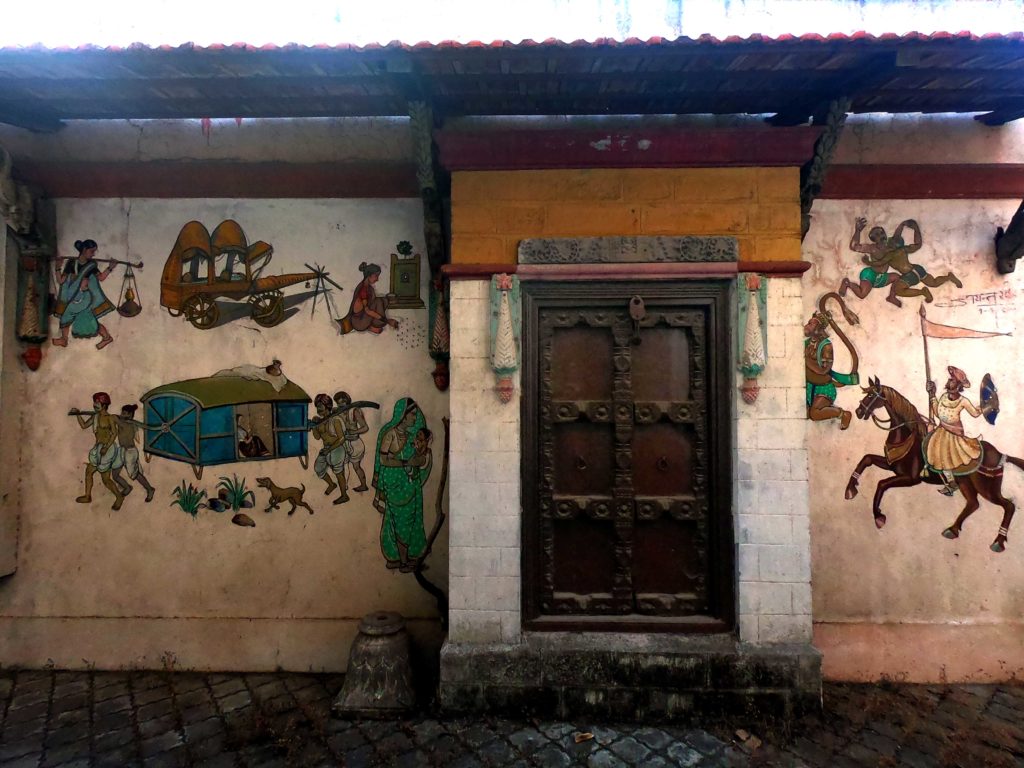
Marathas are eccentric breeds. They are relentless warriors, ferocious on the battleground, but sweet and soft from inside, like jack fruit. Unlike extravagant north Indians, they like to keep a very low profile, even after doing many legendary things.
Since the dawn of time, they are living on this rocky, patchy, hilly, jungle, area right in the middle of India called Maharashtra. Occasionally, they can be found wandering on the plateau as well, fighting. Fighting alongside, fighting with each other, fighting for foreigners, and mostly fighting against invaders. Looking back in history, these guys are fighting for a long time. There is no wonder, that their modesty, sturdiness and fighting spirit reflects into whatever they have created, intentionally or unintentionally. Whether it may be their sports, their way of speaking, their attitude or in their Temples as well. These people adore hills, and so do their gods. And hence, most of their gods, live on Hills. Such a hillock can be found right in the Pune city named Parvati Hill.
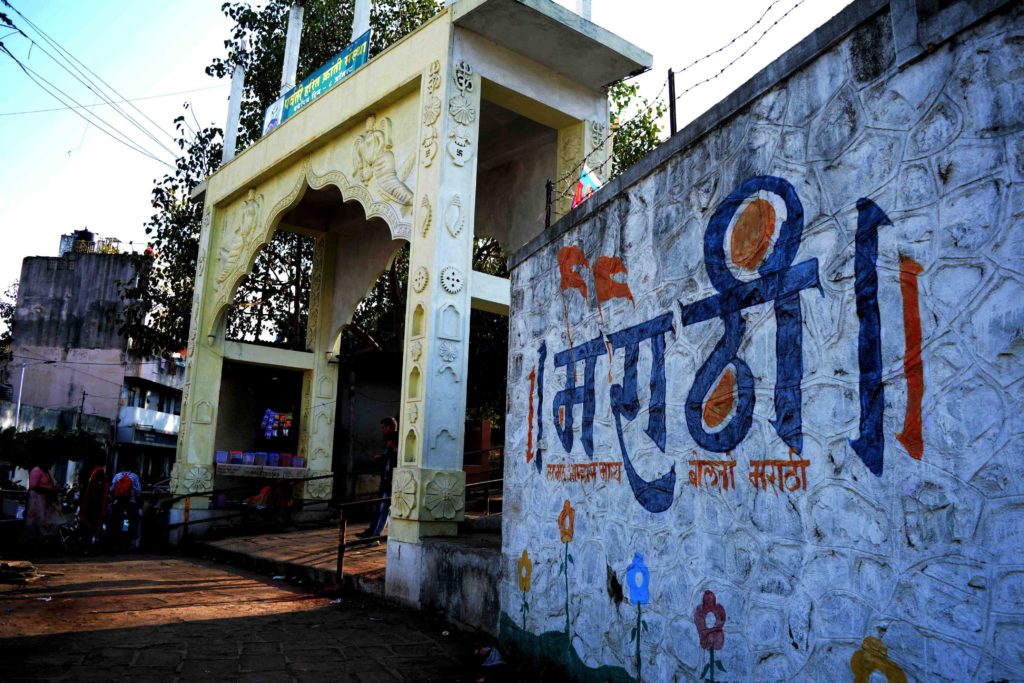
Being a proud member of this weird clan, me, my partner in crime Amruta, and my senior citizen parents were climbing 103 stairs Parvati hill, on one fine dawn of Dipawali. We were joined by a few more, to remember the fallen heroes of Panipat on the auspicious day of Padwa. After the deep lightning, we had a heritage walk to know more about the history of this hillock and its significance in history.
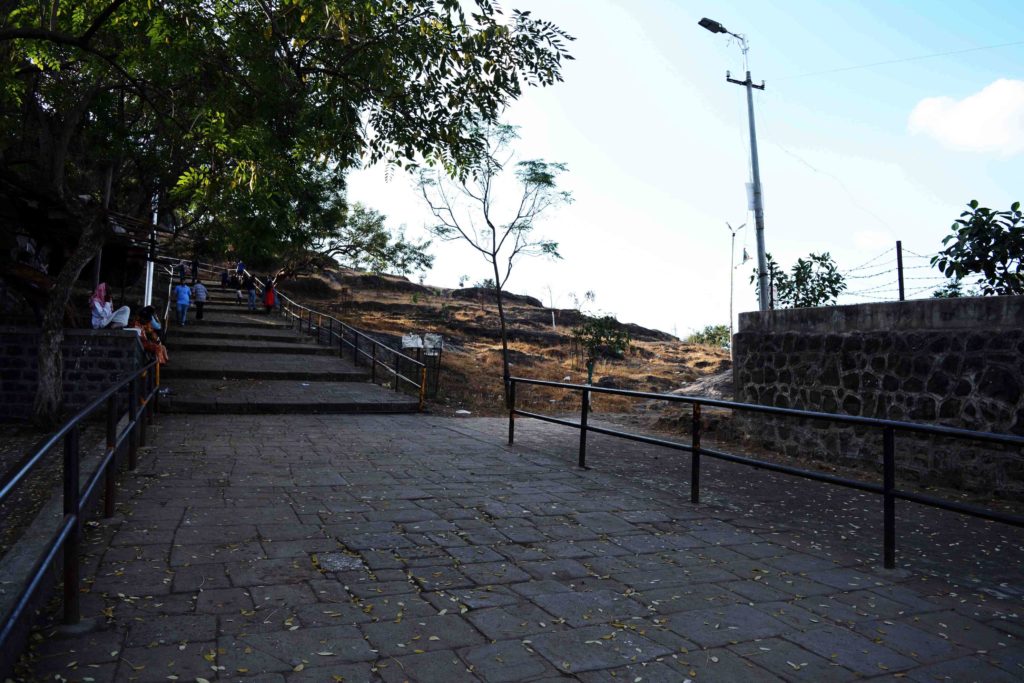
Find a spot, or if you are late, make a parking spot for your bike and start climbing. The rocky stairs are of uneven height as well as of uneven length. You can see this feature on many forts in Maharashtra as well. This arrangement is not mere negligence towards aesthetics, but to reduce the speed of attacking horse riders and elephants.
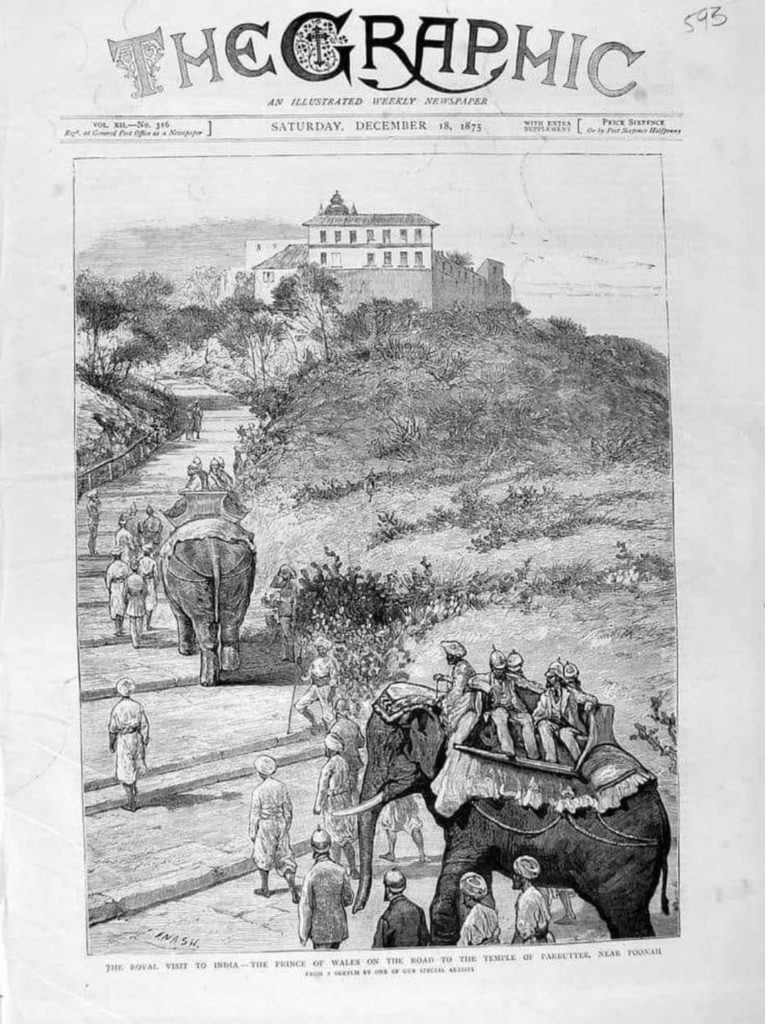
Completely ignorant of this feature, one genius tried climbing this hillock on an elephant. The result was nothing but predicatively hilarious, as the riders ended up ‘royally’ falling on the ground, besides the fallen elephant on which they were riding. The visionary rider was none other than his Majesty Prince of Wells, who was visiting India to meet his poor, hungry loyal citizens. Here is the newspaper cutting dating December 18, 1885.

After you start climbing, the path turns to the right and then immediately left. There is a small shrine-like structure where you will find senior citizens taking a breather. This platform was considered as a stop for palanquins climbing the Parvati Hill. Bhois or palanquin carriers use to shift here while carrying someone to the top. Nowadays, it is a favorite spot for teenage couples to sit there and enjoy the view of Pune city bellow.
Parvati Hill Caves:
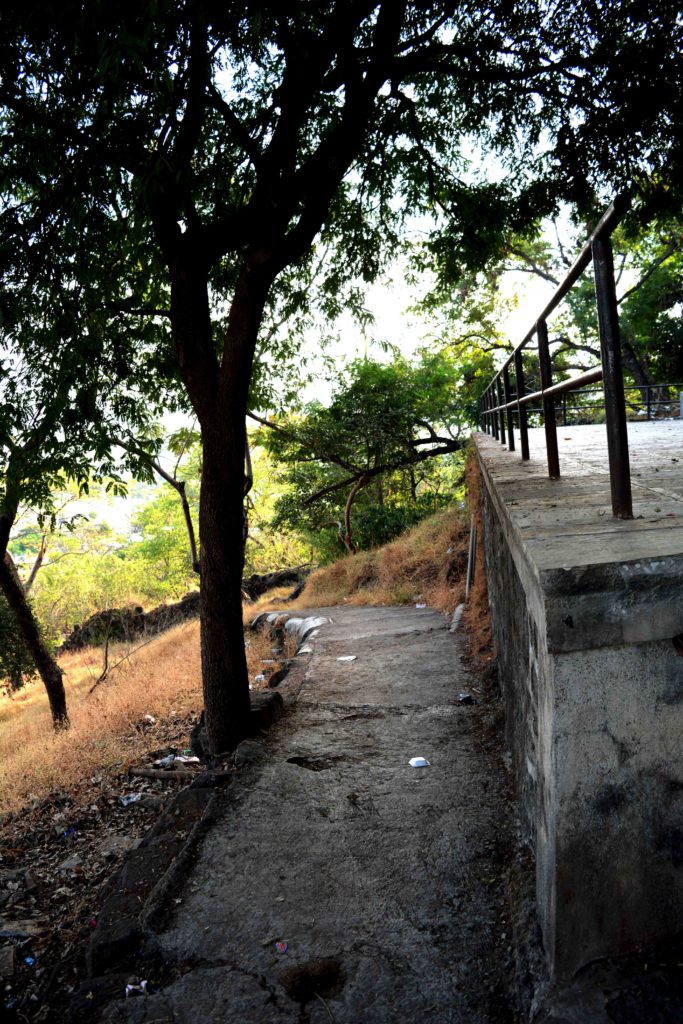
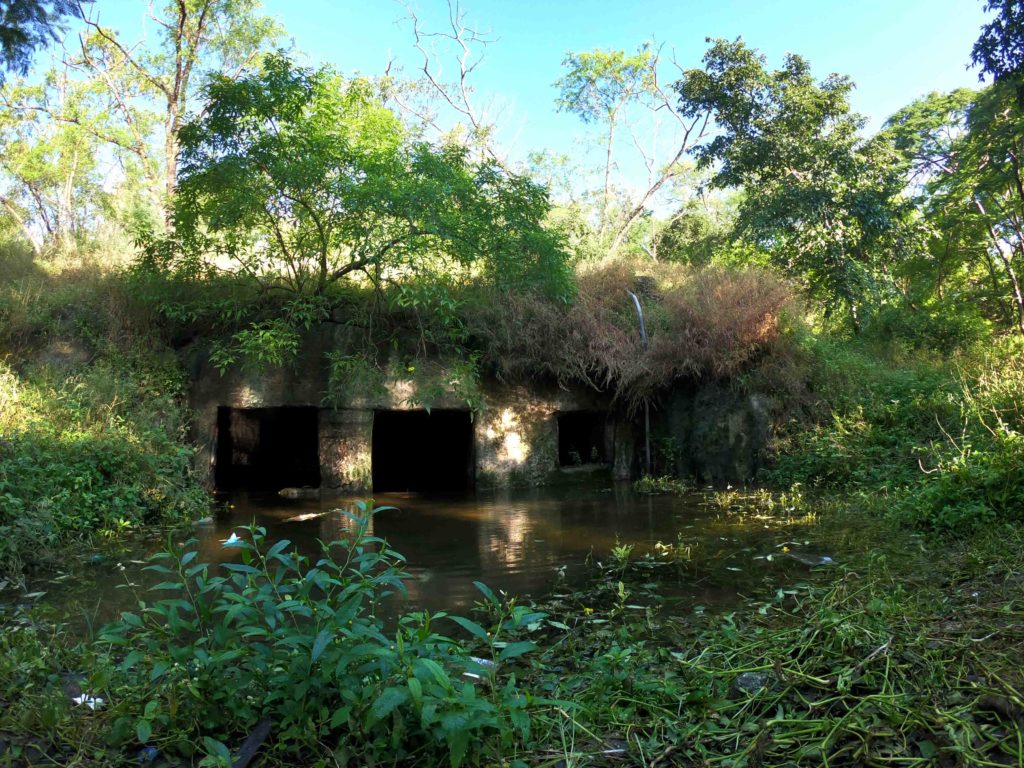
Approaching the temple, take a few more steps until you reach a sharp right turn in the stairway. At this point, veer away from the stairs and head towards the nearby woods. After walking a short distance, you’ll encounter an ancient rock wall that you need to cross. Beyond the wall lies the lesser-known rock cave of Parvati, a site unfamiliar to many residents of Pune.
Parvati is historically significant as it contains the earliest evidence of human habitation in the form of carved caves. Among these caves is a small-sized hall measuring 45 by 30 feet, with three pillars, all carved out of a single monolith. These remarkable carvings are believed to date back to the Rashtrakuta period, although the exact origins of the cave remain unknown. Like the Pataleshwar caves, this site was also seemingly abandoned midway through its creation.
Devdeveshwar (Parvati):
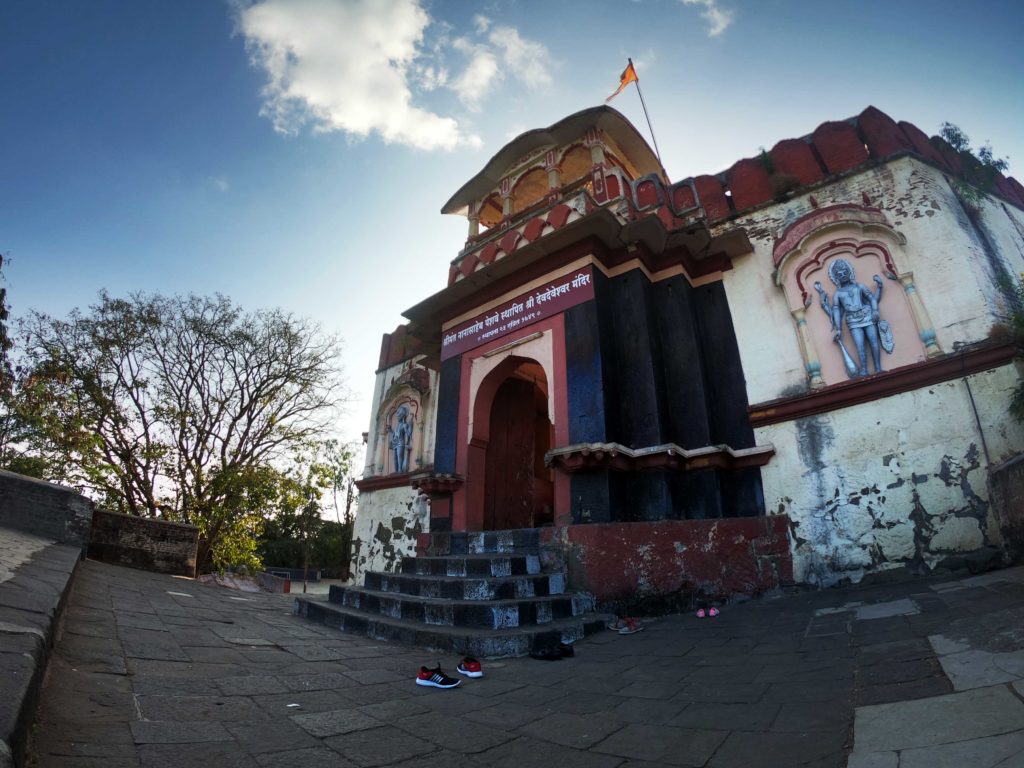

As you approach the temple, you’ll notice a tall wall encircling the shrine. Before entering, kindly remove your footwear and leave them outside under the watchful eye of Bhadra, the guardian of the temple. Proceed through the entrance beneath the Drum chamber, and you’ll find yourself facing the magnificent Devdeveshwar or Parvati temple.
To your left, there is a small shrine dedicated to the goddess Parvati, accompanied by a lion, making it the oldest shrine on the hill. On the opposite side, you’ll see a Nandi shrine, positioned in front of the mighty Mahadev, sheltered by a stone canopy. To the left of Mahadev, there is also a shrine dedicated to Lord Ganesha.
If permitted, I highly recommend ascending to the Drum chamber or Nagarkhana. From this elevated vantage point, you’ll be treated to an awe-inspiring view of Pune city’s true beauty. Regardless of the time you visit, the view from the top never fails to mesmerize.
Peshwe Museum at Parvati:
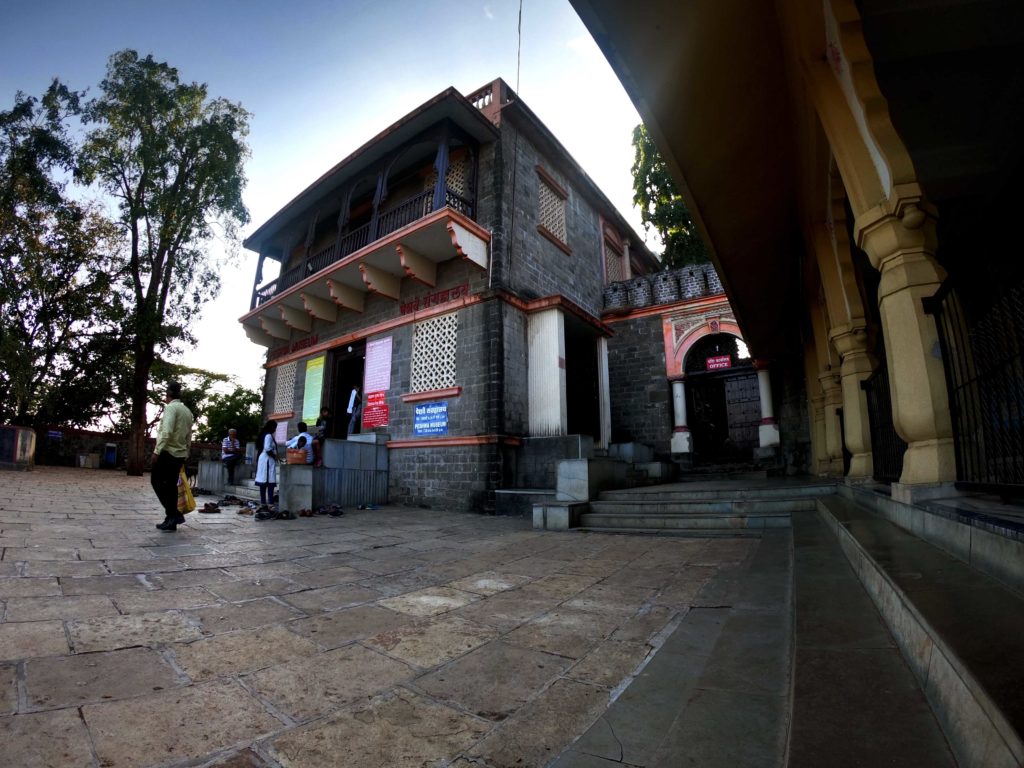

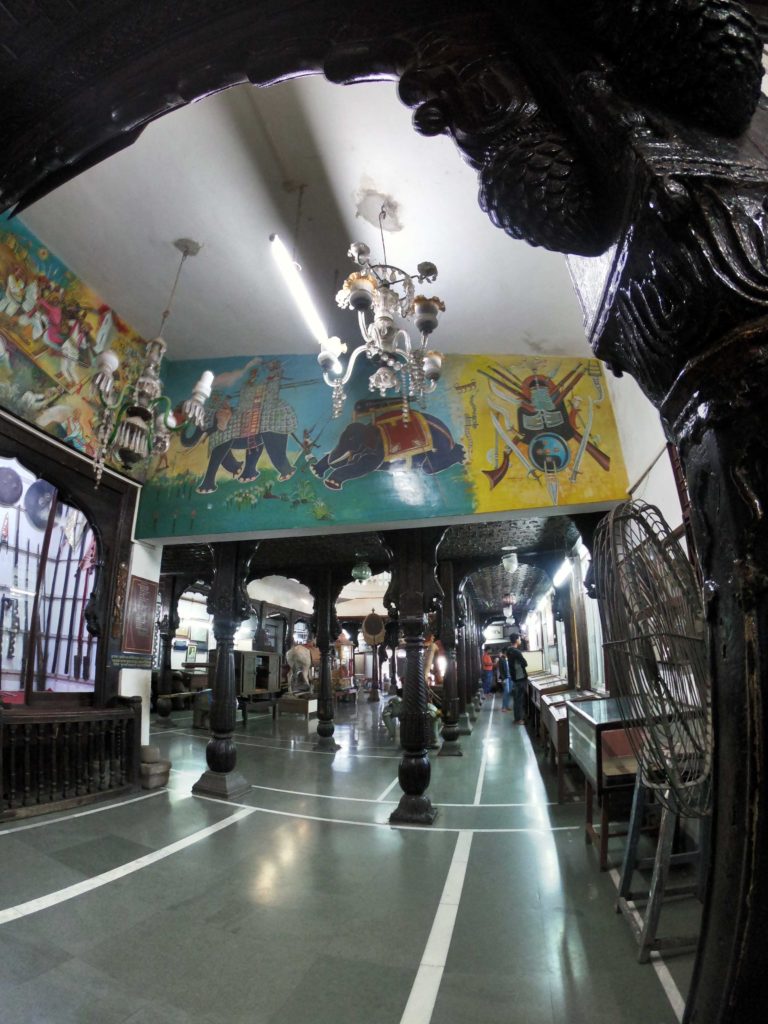
The Peshwe Museum, situated on Parvati Hill, is a hidden gem often overlooked by visitors, but it’s an absolute must-see. Upon purchasing a ten-rupee ticket and leaving your shoes outside, step inside this two-storied building that houses a treasure trove of artifacts, paintings, weapons, utensils, clothing, and more, all dating back to the 17th and 18th centuries. The collection even includes a fascinating display of coins, spanning from the Vijayanagara Empire to modern times. This museum offers a captivating glimpse into the history of this hillock during its golden era.
Leaving the Peshwe Museum on your right, stroll past the well-maintained garden, and you’ll find yourself at an intersection. On the left side, you’ll encounter the Nanasaheb Peshwe Samadhi, a site of historical significance. Directly in front of you, you’ll come across the names of the brave Maratha leaders who sacrificed their lives in the 3rd Battle of Panipat. Adjacent to Nanasaheb Peshwe Samadhi, there’s the Kartik Swami Temple, and behind it stands a shrine dedicated to Lord Vishnu, adding to the spiritual ambiance of the area.
Nanasaheb Peshwe Smarak:
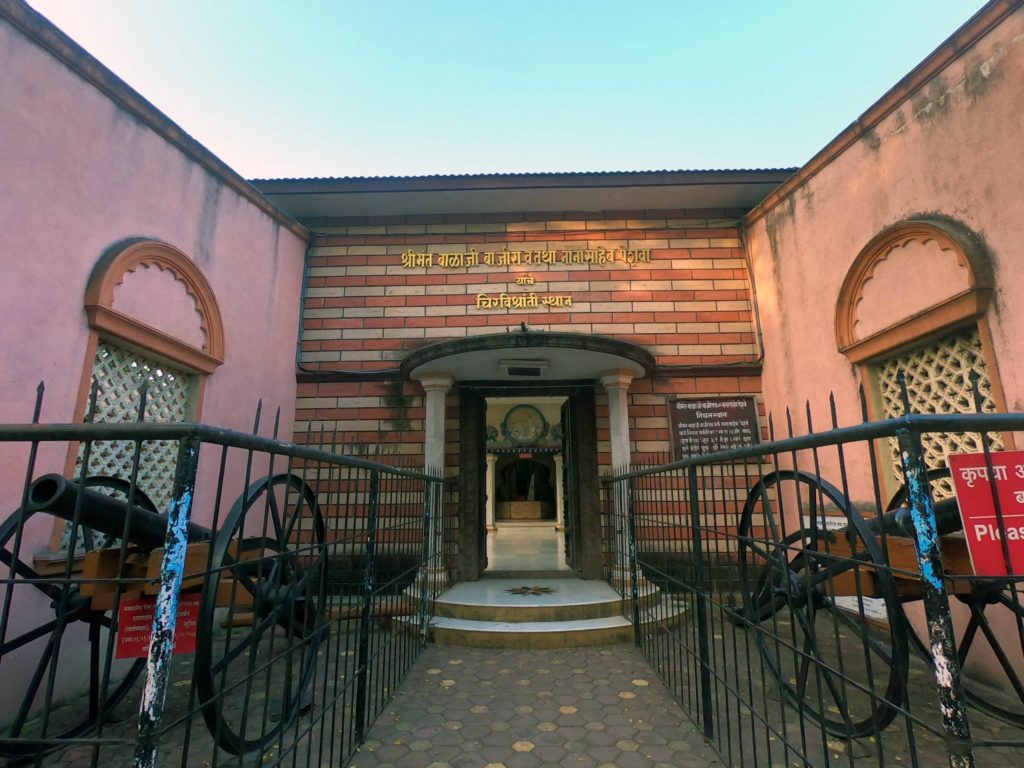

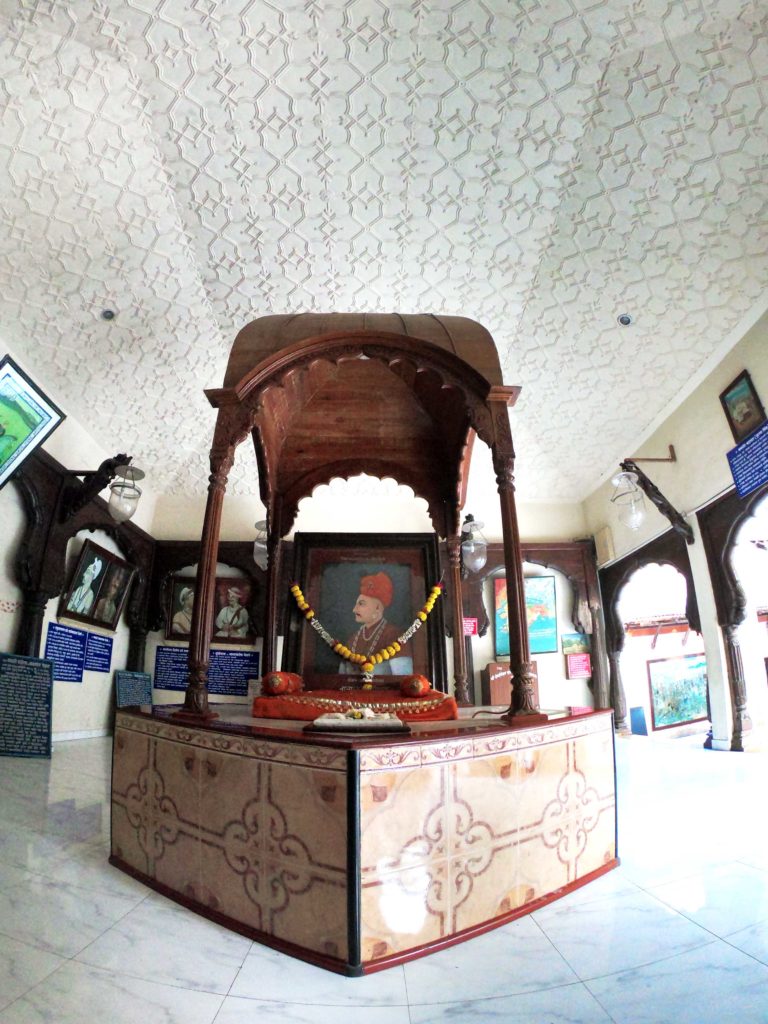
This monument pays homage to the great Peshwa, who played a crucial role in elevating the Maratha state to the status of a kingdom. Under his leadership, the Marathas achieved a significant victory against an Islamic invasion, marking a proud moment when the Indian flag flew atop the fort of Lahore, almost nine hundred years later.
However, the Marathas faced a devastating blow in the third battle of Panipat, resulting in the loss of countless lives, touching every household in Maharashtra. The emotional toll was particularly profound for Nanasaheb Peshwa, who mourned the loss of his beloved cousin, Sadashiv Rao Bhau, on this very hill of Parvati. In his grief, Nanasaheb famously said, “All the riches are worthless, without Bhau.”
As you approach the monument, two cannons greet you, and yet, you’ll immediately sense the tranquility that pervades the surroundings. The marble floor features an eight-sided platform where Nanasaheb Peshwa breathed his last. A simple wooden canopy shelters his picture, while depictions of all the Peshwas adorn the walls around him. These walls are also adorned with paintings depicting battles from the Peshwe era, scenes of Ganapati visarjan, and other cultural aspects, creating an immersive experience into the historical context of the time.
Kartik Swami temple at Parvati:
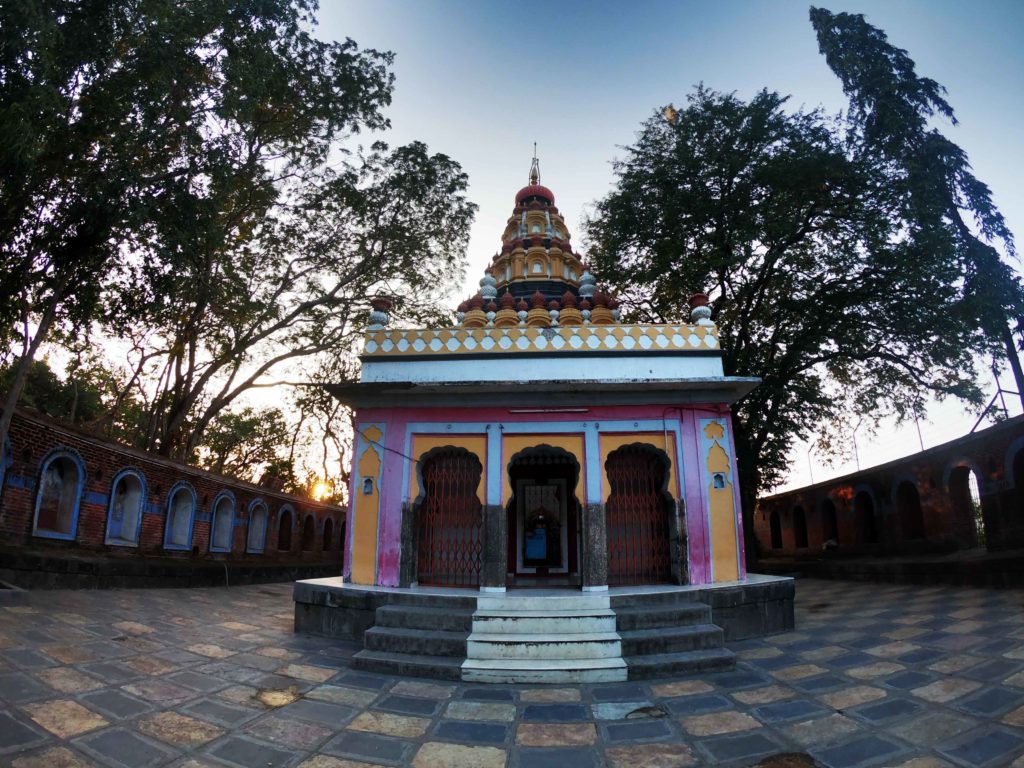
Peshwas were the commander of Maratha Chhatrapati. So, it makes a perfect sense to have a Kartikeya – Commander of the god’s temple on Parvati. The temple has a mixed style of architecture, consisting of the Vedic and Mughal era. Temple is surrounded by a brick wall of canopies, decorated with paintings. Usually, women are not allowed to meet him, but on the day of Tripura Purnima or Kartik Purnima, the temple is open for everyone for 24 hours. For other days, it is very calm and uncrowded.
Vishnu Temple Parvati:
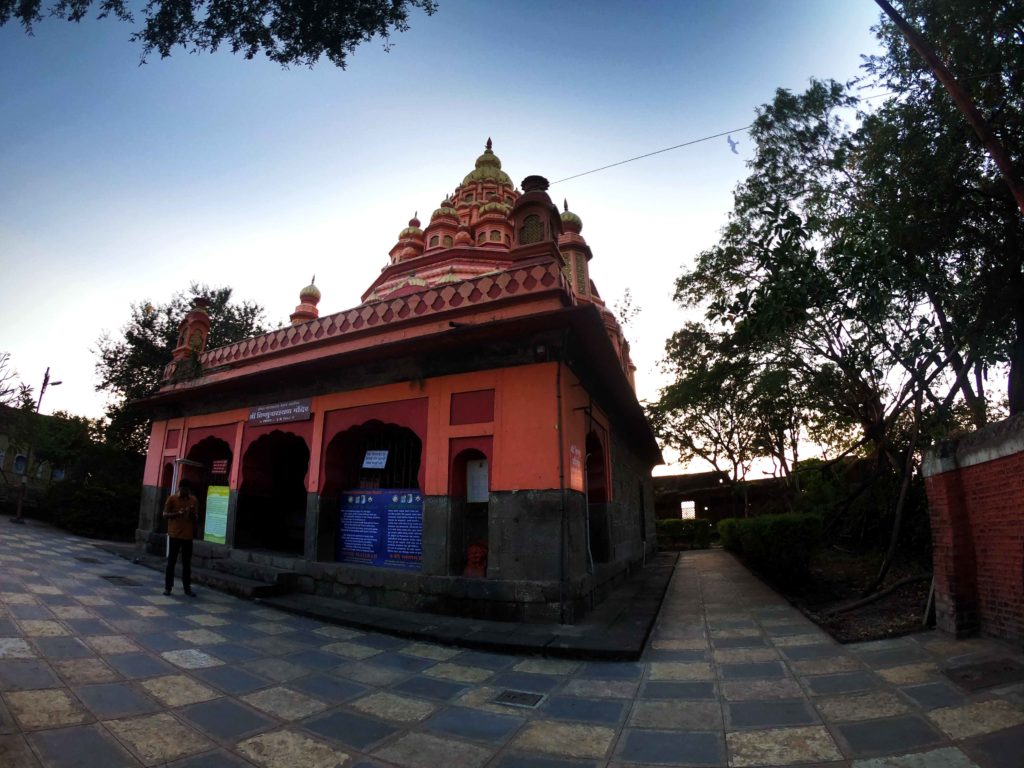
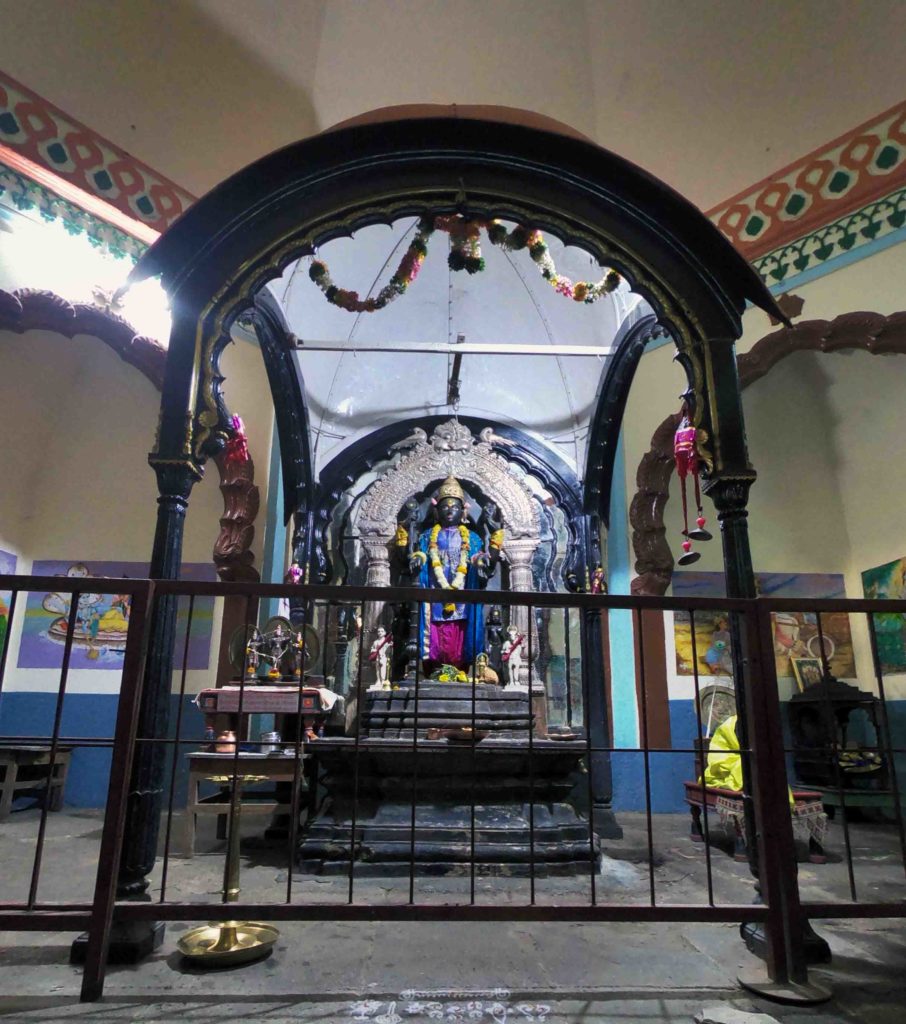
The final stop on our tour is the Vishnu Temple, a fascinating blend of Mughal and Indian architectural styles. Inside, you’ll find a magnificent four-foot-tall Lord Vishnu statue, gracefully adorned with a Conch, mace, Chakra, and Lotus. This brilliant sculpture was meticulously crafted from a carefully chosen stone sourced from the river Gandaki in Nepal, lending it an exquisite aura.
Flanking Lord Vishnu on either side are half-foot-tall statues of Narad and Tumbar, singing heavenly praises to their revered lord. Additionally, a three-hundred-year-old Ram Panchaytan idol is placed beside the Vishnu Vigraha, adding to the temple’s historical significance.
Lord Vishnu stands gracefully beneath an oak canopy, surrounded by a silver border called Mahirap, adorned with intricate Kirtimukha, Makar animals, and parrot designs. As an active temple, daily Arati is performed twice here, enhancing the spiritual ambiance.
Remarkably, this temple holds special historical associations. The revered freedom fighter turned spiritual leader, Sri Aurobindo Ghosh, had divine experiences here, marked by his sakshatkar (audiences with God). In fact, he penned a poem dedicated to Parvati titled “The Hill Top Temple.”
Moreover, this temple also holds the idols of Ram, Lakshman, and Sita, once worshiped by the 18th-century Chief Justice of the Maratha empire, Ramashastri Prabhune. Known for his unwavering integrity and his strict judgment in the death penalty case against Raghoba Dada for the murder of his nephew Narayarao Peshwe, Ramashastri remains a respected symbol of justice even today. These same idols he prayed to can still be seen at the temple, connecting the past and present in a meaningful way.
History of Parvati:

Parvati was a favorite deity of the Peshwas, and numerous historical documents mentioning her can be found in the Peshwe archives. Although there are caves on Parvati hill dating back to the Rashtrakoot period, the earliest documented records of Parvati can be traced back to the Nizamshahi papers.
Originally, there was a small temple dedicated to goddess Parvati on the hill, which was granted as a prize (Inam) by the Nizam to a Brahmin named Mahadbhat Bin Mudgalbhat Purandare. The ownership of the temple continued through the times of Malik Ambar and Shahaji Raje. However, after the death of Dadaji Kondadev in 1647, the revenue for the temple was discontinued.
Chhatrapati Shivaji Maharaj inquired about the matter and reinstated the temple’s revenue. Since then, it is well-known that the Purandare family served the nation with unwavering dedication and strength. They supported Balaji Vishwanath in his early days, and when he later became the Peshwa, Ambaji Purandare became his Deewan (administrator). The Purandare family fought alongside the Peshwas in numerous battles for generations, and to this day, they continue to serve the nation with utmost commitment.
One of the illustrious names from the Purandare family is the legendary historian Babasaheb Purandare, whose contributions to historical research are highly regarded.
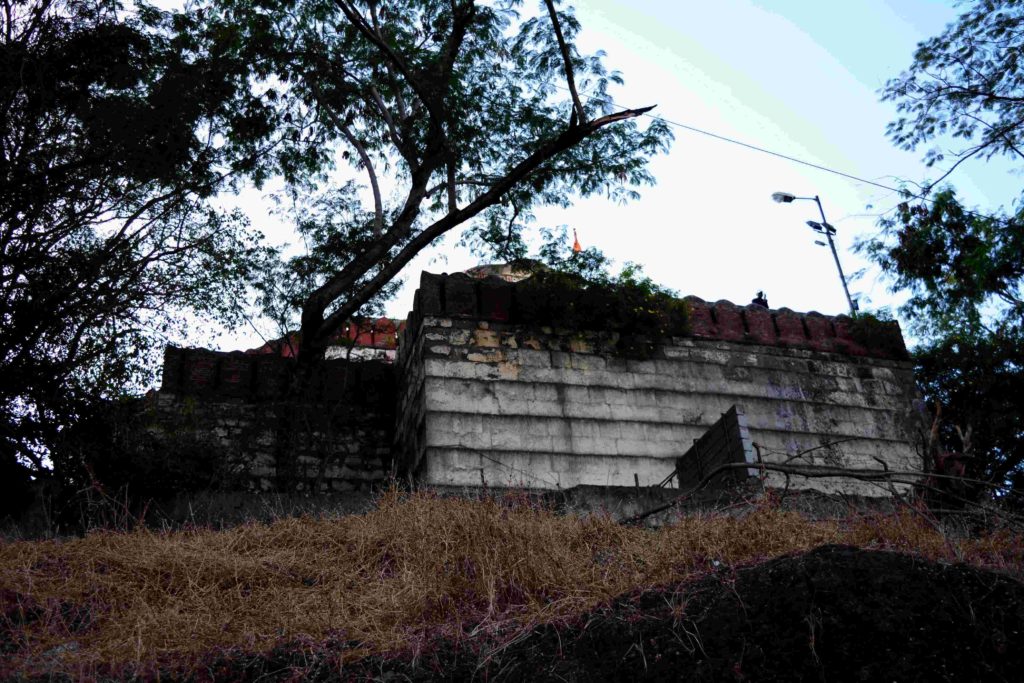
The enchanting tale of Parvati begins with Kashibai, the wife of the legendary Bajirao Peshwe, who suffered from a chronic sore leg. Despite Nanasaheb Peshwe, Bajirao’s son, trying every possible remedy, Kashibai found no relief. Turning to the hill goddess Parvati in prayer, Kashibai’s ailment miraculously vanished. In gratitude, Nanasaheb Peshwe decided to erect a grand temple in her honor.
The foundation ceremony took place in 1748, and within a year, the sturdy temple was completed on 11th April 1749. According to historical records, elaborate religious ceremonies were conducted over four days, from 7th to 10th April 1749, with Nanasaheb Peshwe spending Rs 4,320 from his account for these sacred rituals. During the ceremonies, a remarkable silver idol of Mahadev weighing 78.5 kilograms (yes, you read that right!) was placed alongside a pure gold idol of Parvati weighing 14.5 kilograms and an 8-kilogram gold idol of Ganesh.
Nanasaheb Peshwe’s devotion to the temple was profound. He would ride from Shaniwar Wada to Parvati Hill every day for Puja. In 1755, his devotion led to the construction of a Wada or Palace on the hill itself. On auspicious occasions, he would personally perform the Puja.
In 1760, in an expression of unwavering reverence, Nanasaheb adorned the temple with gold spires weighing 11.8 kilograms. However, the temple faced turbulent times, particularly during the Marathas’ difficult year of 1761, following the tragic events of the Battle of Panipat. Heartbroken by the devastating blow in Panipat, Nanasaheb retreated to Parvati Wada, where he later passed away. His son, Madhavrao Peshwe, continued his father’s deep devotion to the temple and its beloved goddess, Parvati.
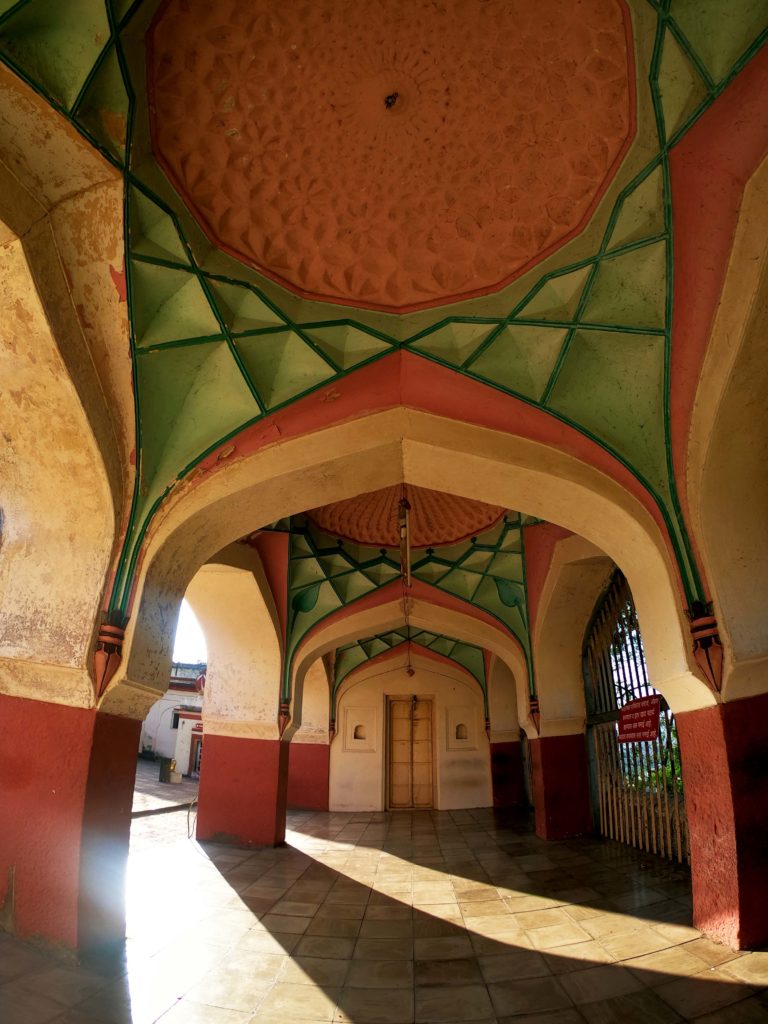
Nanasaheb initiated a remarkable tradition known as “Ramana,” wherein substantial donations were bestowed upon deserving Brahmin scholars who traveled from all corners of India to the vicinity of Parvati Hill on an auspicious day. The tradition commenced in 1736 when a sum of 16,354 Rs was distributed to the recipients. As the years passed, Ramana grew exponentially, reaching astonishing heights in 1752, with donations amounting to a staggering Rs. 6,28,353 being granted to the candidates (as per Peshwe records).
The allure of Ramana attracted scholars from across India, transforming Pune into a cultural and religious hub during the Peshwe era. Pundits and learned individuals journeyed from places as far as Shringeri, Tanjore, Rameshwaram in the south, and Gwalior, Banaras, Kanoj, and Mathura in the north, seeking the patronage of the Peshwas. Among them were Vaidikas, Grammarians, Astrologers, Pandits, Poets, Vedantists, Logicians, Ascetics, doctors, and many others, all enriching the intellectual landscape of the city.
In 1779, Captain Moor visited Parvati and meticulously recorded the details of the Ramana ceremony in his account. Over time, the tradition thrived, with donations reaching up to ten lakhs by the time of Bajirao II. However, following the decline of the Maratha empire in 1818, the British authorities halted the patronage to these Indian learning systems (Gurukul) and diverted the funds towards other purposes. Despite this, the legacy of Ramana and its significant impact on Pune’s intellectual heritage remained deeply etched in history.

In 1821, Mount Stuert Elphinstone made interesting observations about these donations. He mentioned that a specific class of individuals was supported, dedicating their time to cultivating their intellect. While their learning might have been perceived as obscure and perhaps less refined, it still held some resemblance to genuine science, which he believed could be refined and improved over time. The sentiment he expressed, in essence, questioned the value of such learning compared to what he considered true science.
Interestingly, as a side note, I recently came across information indicating that in the present day, a significant number of British women, approximately 75%, opt for some form of Yoga or Ayurvedic treatment each year. This observation raises an interesting point: what may have been deemed as less significant or “degenerate” by Mr. Stuert in the past now holds considerable importance and relevance in the present era.
Nevertheless, as time progressed, the focus on supporting scholarship in the study of Sanskrit literature and philosophy gradually diminished. However, a smaller scholarship program called the Dakshina Fellowship or Dakshina Prize Fund emerged later, aiming to popularize and preserve these fields of knowledge.
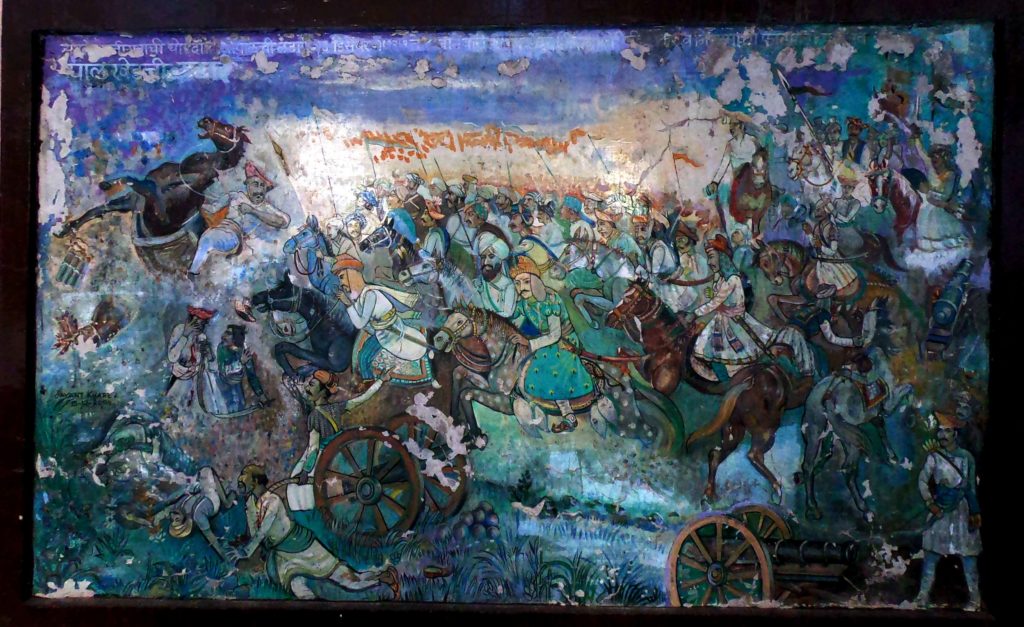
Parvati is a jewel of Pune. Early morning, people gather here for exercise. Some will pace, some will climb it backward, some will do push-ups, some will jump a rope, few will bird watch and the rest will just be there to catch fresh air. As the sun comes up, it will get deserted, and you will find college-going couples hanging there till evening. When shadows elongate, again, Parvati calls senior citizens, devotees and fitness enthusiasts, and they will answer the calls of this ancient goddess, the true pride of Pune. Parvati has seen good, bad and ugly days. When it was just a hillock, she must have witnessed an amusing childhood of Chhatrapati Shivaji the great. His mother was the one, who started developing the Pune in the real sense. During the golden days of the Maratha empire, she has witnessed grandiose Ganapati visarjan ceremonies, epic Dassra military parades, Ramana donations and fireworks reflecting in the lake. She must have suffocated in the fumes coming out of burning Shaniwar Wada in 1828, announcing the end of the Maratha empire.
Now, Parvati is surrounded by slums, tall buildings, bridges, and a web of roads. Like an old man’s forehead, Parvati’s tree line is getting faded as the years pass by. During the evenings, Parvati gets smothered by the pollution from nearby industrial towns. Like an old grandmother, she must be feeling alone, as her ancient companions- old Wadas and Mahals in Pune are being demolished, getting converted into shopping malls and residential apartments. The footfall of devotees has massively reduced. Many come to exercise, but very few actually remove their footwear and step in. Sometimes, few history buffs, ornithologists, astronomers, tree planters come here, she becomes lively again and blesses them with what they want. Whether it might be good health, mental peace, fresh air, birds in the morning and stars at night or just a brilliant view.
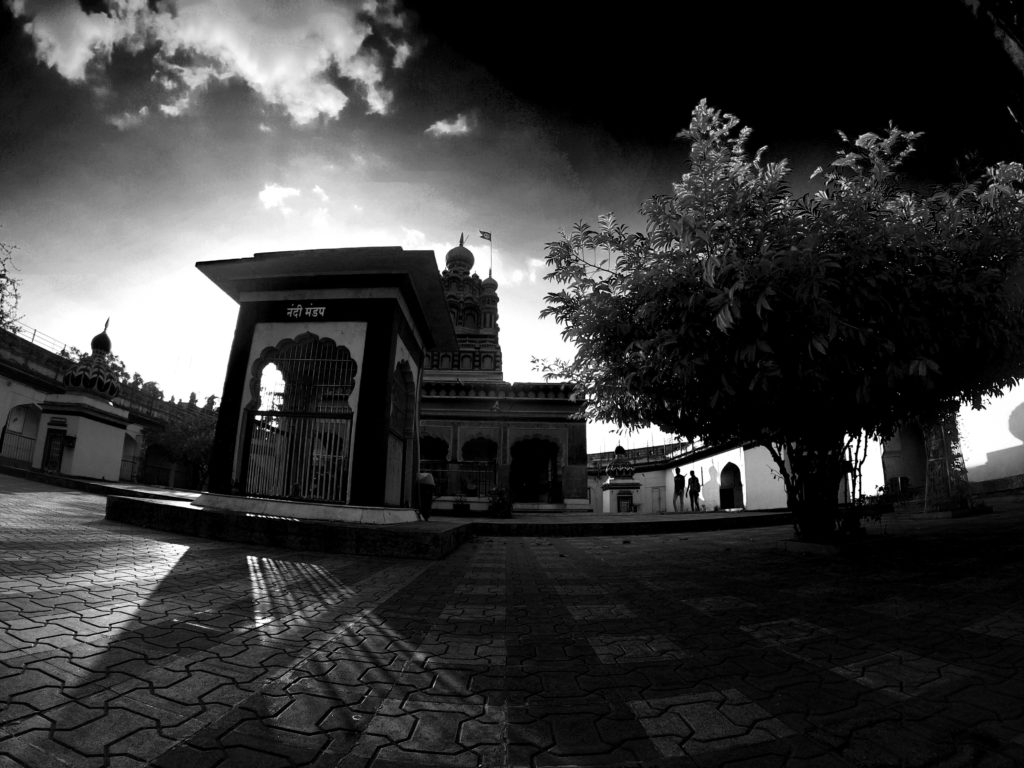
References:
1. Poona in Bygone days: By Rao Bahadur D. B. Parasnis, The Times Press, 1921
2.The Complete Works of Sri Aurobindo– Set in 37 volumes.- Volume 2.- Collected Poems.- Pondicherry: Sri Aurobindo Ashram, 2009.- 751 p.
3. Marathi Riyasat, Set in 8 volumes, G. S. Sardesai, Popular Prakashan, 2017
4.Wash drawing by Henry Salt (1780-1827) of a view of Pune in Maharashtra, with the river in the foreground, dated October 1804. This is the original drawing for ‘Poonah’, plate 13, of Henry Salt’s ‘Twenty Four Views in St. Helena, the Cape, India, Ceylon, the Red Sea, Abyssinia, and Egypt’.
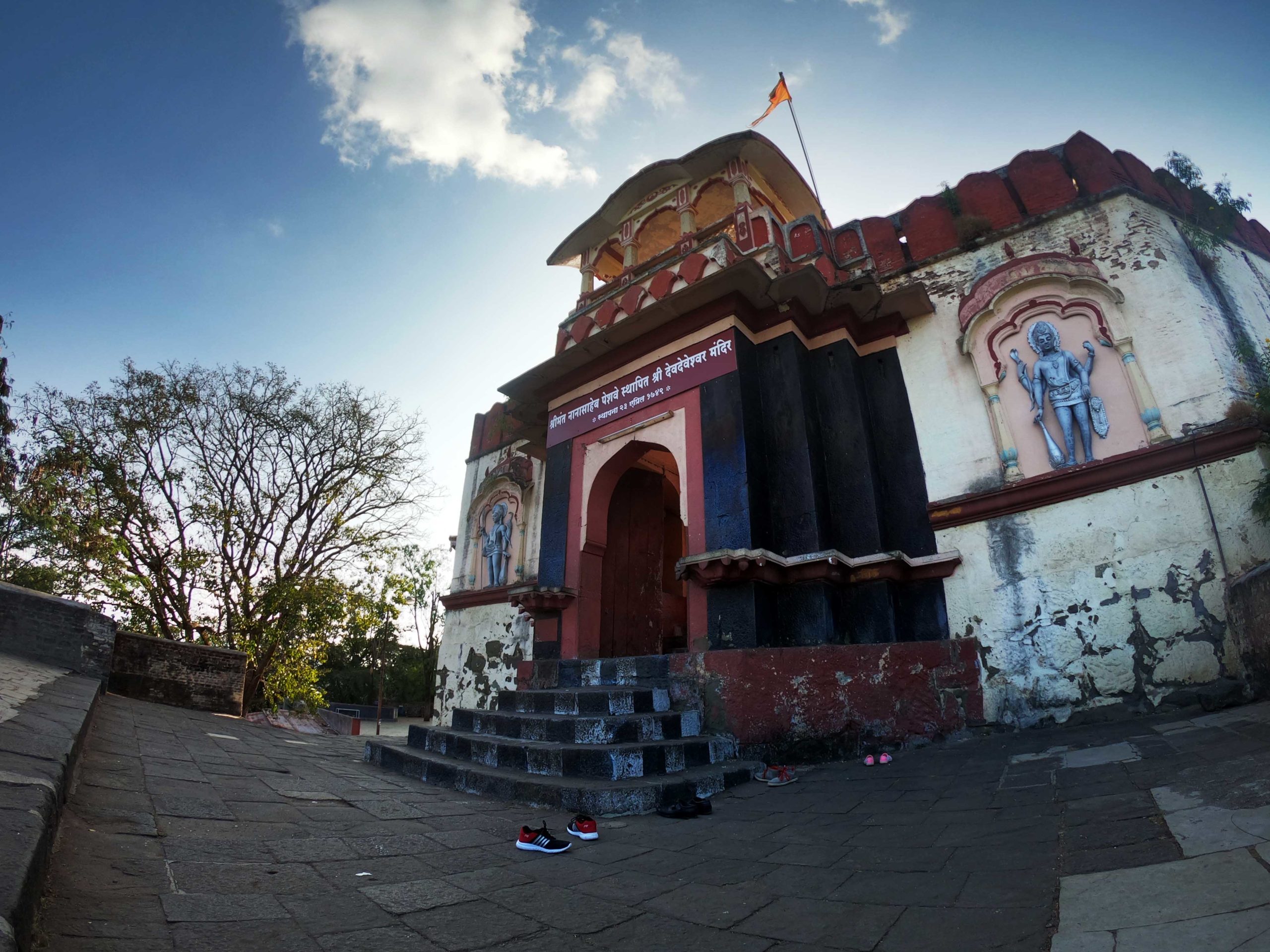
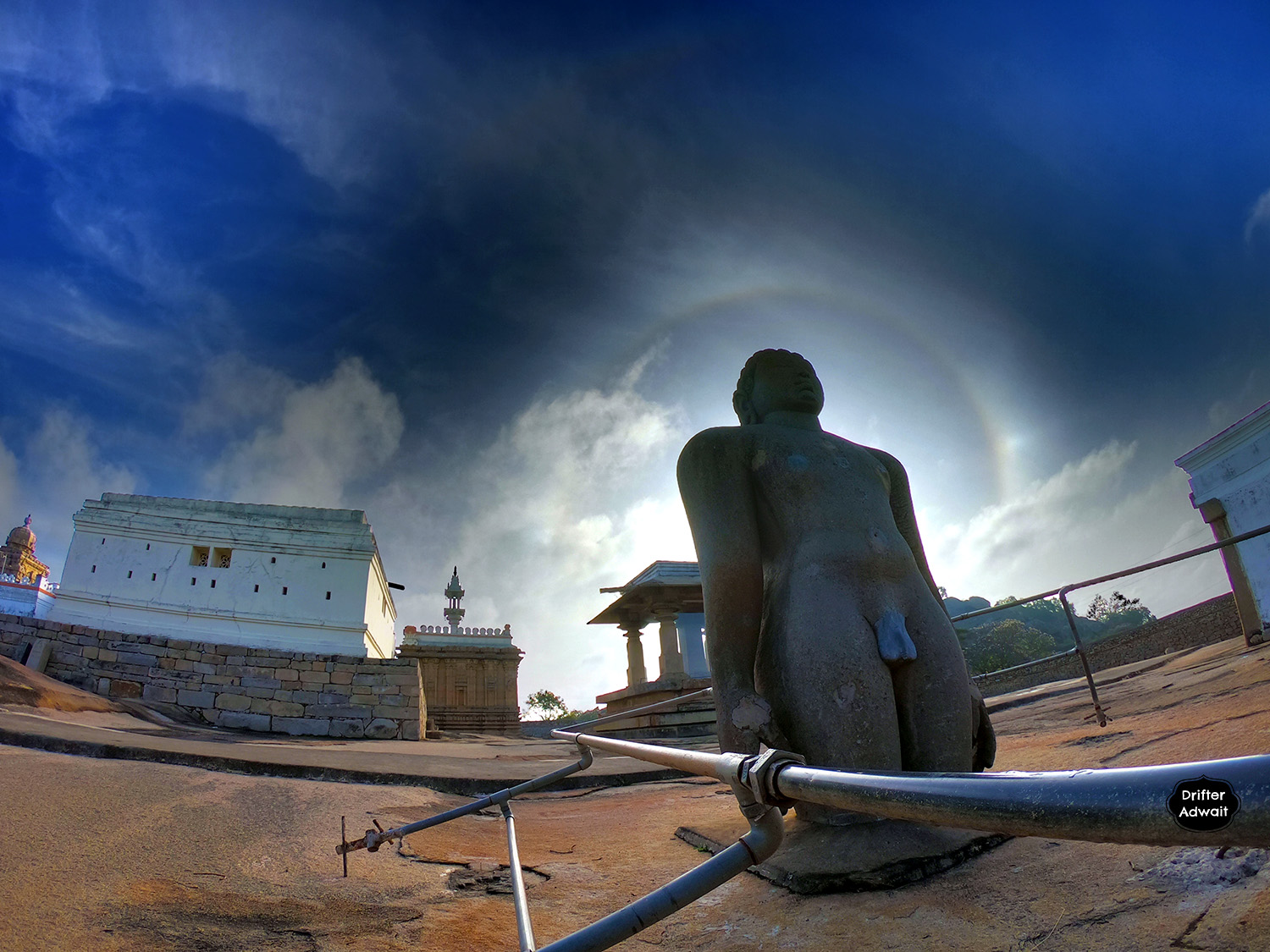

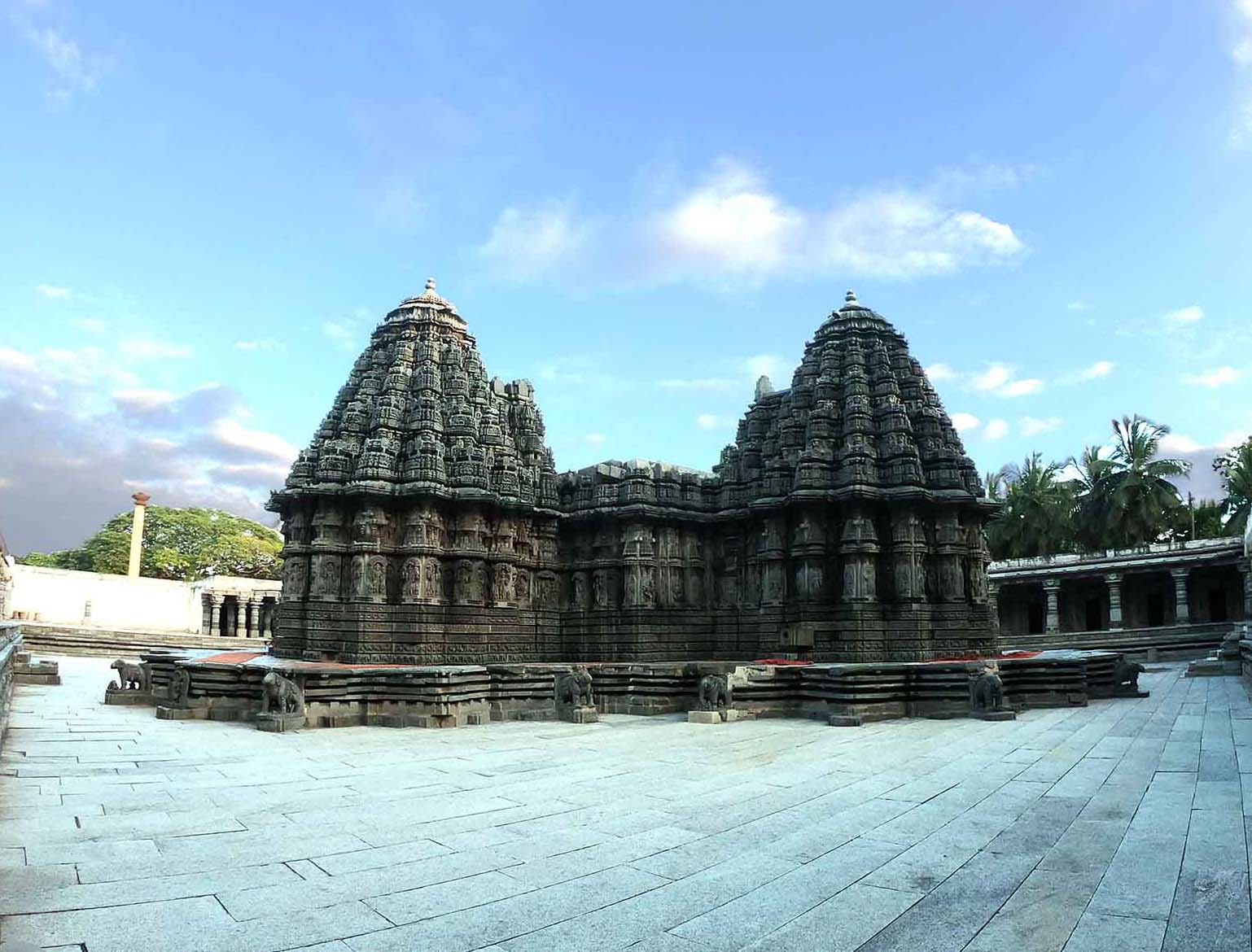
खुप भारी लिहीला आहे blog.
मी लहानपणापासून जाती आहे पर्वतीवर, पण एवढी माहिती नव्हती.
फोटो पाहून म्हणावेसे वाटते प्रत्यक्षाहून प्रतिमा सुंदर.
माहिती वाचून ज्ञानात मोलाची भर पडली.
आभार.
Thank you. Next time, we will go together. Always a pleasure to visit the icon of Pune with Punekar.
अति सुंदर वर्णन आहे
जो इतिहास माहित नव्हता तो माहित झाला.
Thanks Kaka. Thank you for taking the time to read.
खुप भारी लिहीला आहे blog.
मी लहानपणापासून जाती आहे पर्वतीवर, पण एवढी माहिती नव्हती.